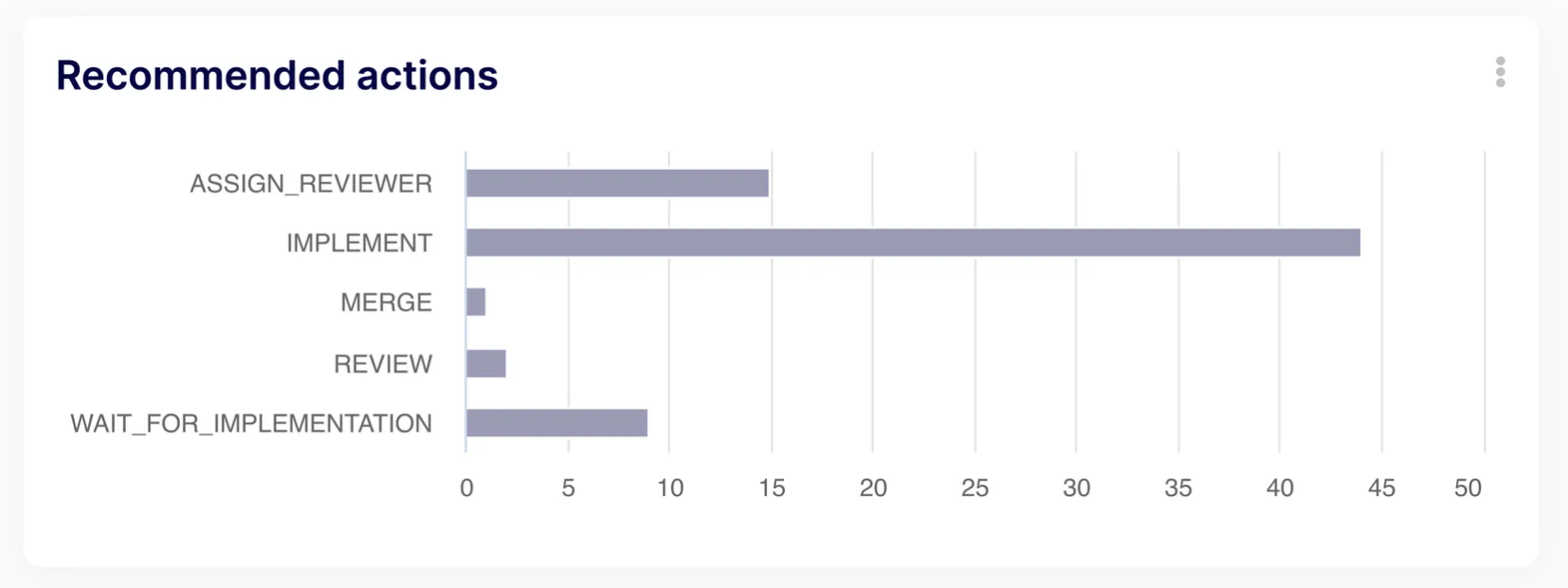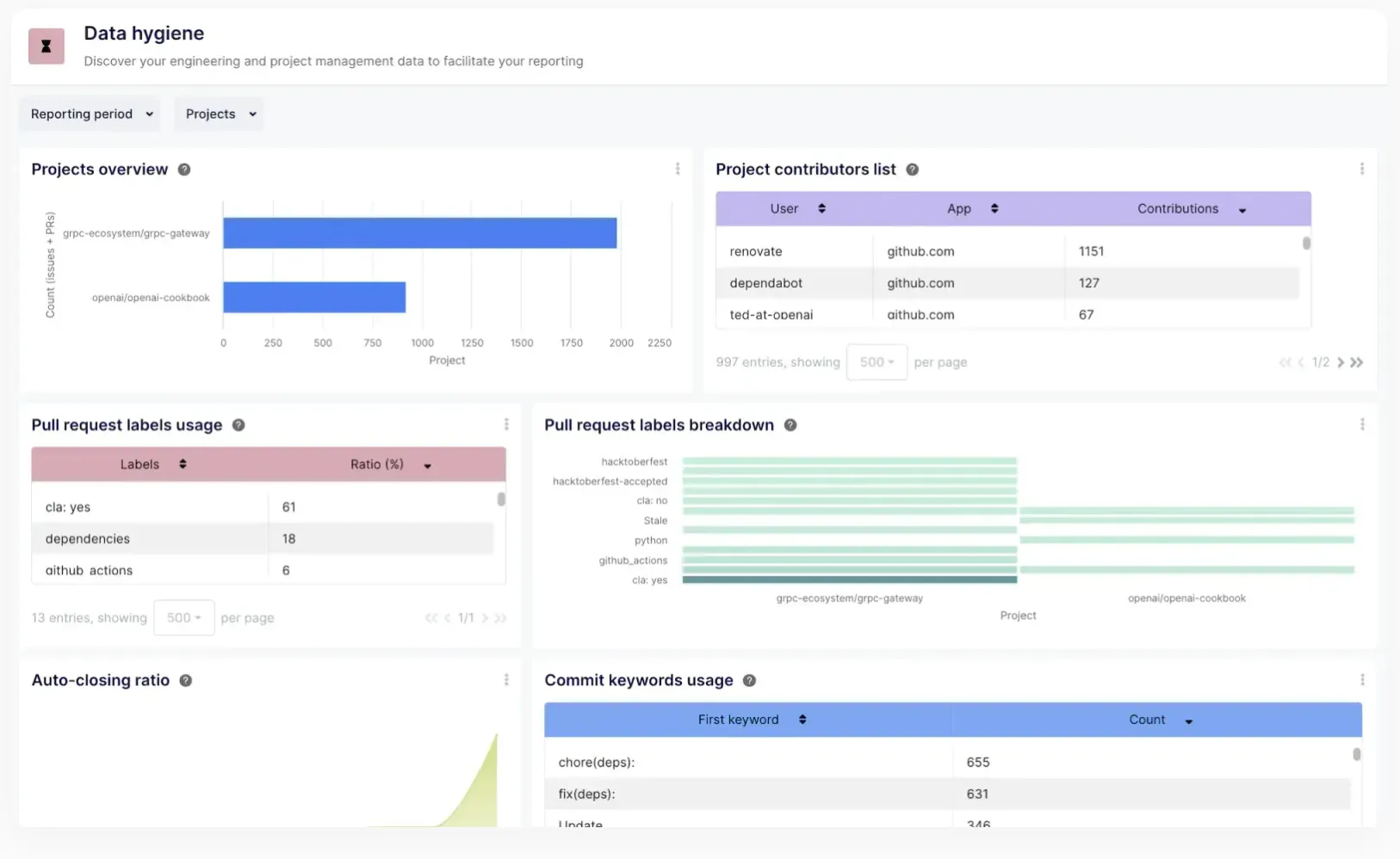The Power of Efficiency: How Reduced Cycle Time Directly Impacts Your Success



In a fast-paced world where every second counts, efficiency is key to staying ahead.That's why reducing cycle time has become a crucial focus for businesses across industries. By streamlining processes and eliminating unnecessary steps, organizations can significantly improve productivity, cost-effectiveness, and customer satisfaction.
In this article, we explore the power of efficiency and how reduced cycle time directly impacts your success. From manufacturing to software development, we delve into real-life examples of companies that have embraced efficiency and reaped the rewards.
By optimizing cycle time, you can achieve faster turnaround, shorter lead times, and increased throughput. This not only enhances your ability to meet customer demands but also allows you to allocate resources more effectively. Additionally, reduced cycle time can help identify bottlenecks in your operations, enabling you to make informed decisions for process improvement.
Whether you're a small business owner or part of a large corporation, understanding and improving cycle time can be a game-changer. Join us as we uncover the strategies, benefits, and best practices for harnessing the power of efficiency and unlocking your true potential for success.
Cycle time is a fundamental metric in business operations that measures the elapsed time between the start and completion of a particular process or task. It encompasses the entire duration, from the initial request or order to the final delivery or output. Understanding and optimizing cycle time is crucial for organizations across various industries, as it directly impacts productivity, cost-effectiveness, and customer satisfaction.
Reducing cycle time can lead to numerous benefits for a business. Faster turnaround times enable companies to respond more quickly to customer demands, improving their ability to meet market needs and stay ahead of the competition. By streamlining processes and eliminating unnecessary steps, organizations can increase throughput and enhance overall efficiency. This, in turn, can lead to cost savings, as resources are utilized more effectively, and waste is minimized.
Moreover, reduced cycle time can have a positive impact on customer experience. Shorter lead times and faster delivery of products or services can increase customer loyalty and satisfaction, as their expectations are met or even exceeded. This can translate into higher customer retention rates, repeat business, and positive word-of-mouth, all of which contribute to the overall success of the organization.
The benefits of reduced cycle time extend far beyond just improved operational efficiency. When organizations focus on streamlining their processes and reducing cycle time, they can unlock a range of advantages that directly impact their business success.
One of the most significant impacts of reduced cycle time is increased productivity. By eliminating waste and optimizing workflows, companies can achieve higher output with the same or even fewer resources. This allows them to scale their operations more effectively, meet growing customer demands, and ultimately generate more revenue.
Reduced cycle time also enhances a company's ability to respond to market changes and customer needs. In today's fast-paced business environment, the ability to adapt quickly can be a crucial competitive advantage. By shortening the time it takes to bring new products or services to market, organizations can stay ahead of the curve and capitalize on emerging opportunities.
Moreover, reduced cycle time can lead to improved cost-effectiveness. By streamlining processes and reducing waste, companies can lower their operating costs, ultimately improving their profit margins. This increased profitability can then be reinvested into the business, funding further growth and innovation.
To illustrate the real-world impact of reduced cycle time, let's explore some case studies from various industries.
In the manufacturing sector, a leading automotive company implemented a comprehensive cycle time reduction program. By analyzing their production processes and identifying areas for improvement, they were able to streamline assembly lines, reduce inventory levels, and optimize material flow. As a result, the company saw a significant increase in output, with a 20% reduction in cycle time and a15% improvement in on-time delivery.
In the software development industry, a successful tech company focused on reducing the time it took to deliver new features to their customers. By adopting agile methodologies, implementing continuous integration and deployment, and automating testing processes, they were able to cut their development cycle time by 50%. This allowed them to respond more quickly to market demands, launch new products faster, and maintain a competitive edge in a rapidly evolving industry.
.webp)
In the healthcare sector, a hospital system implemented a lean management strategy to improve patient flow and reduce wait times. By analyzing and optimizing their processes, they were able to reduce the average time patients spent in the emergency department by 30%. This not only enhanced the patient experience but also freed up resources, enabling the hospital to serve more patients and improve overall operational efficiency.
These case studies demonstrate the tangible benefits that can be achieved through a focus on reducing cycle time. By streamlining processes, eliminating waste, and leveraging technology, organizations across various industries have been able to drive significant improvements in productivity, responsiveness, and profitability.
In today's digital landscape, a wide range of tools and technologies are available to help organizations optimize their cycle time and enhance overall efficiency. Let's explore some of the most impactful solutions.
One of the most prominent tools for cycle time reduction is enterprise resource planning (ERP) software. ERP systems integrate various business functions, such as accounting, inventory management, and supply chain operations, into a single, centralized platform. By providing real-time visibility into the entire operation, ERP solutions can help identify and address bottlenecks, streamline processes, and improve decision-making.
Another powerful tool is workflow management software, which enables the automation and optimization of business processes. These solutions help organizations map out their workflows, automate repetitive tasks, and monitor the progress of various activities. By eliminating manual handoffs and reducing the time spent on administrative tasks, workflow management tools can significantly contribute to cycle time reduction.
For software development teams, agile project management tools, such as Jira orTrello, can help streamline the development lifecycle and reduce cycle time.These solutions enable teams to plan, track, and collaborate on tasks more efficiently, while also providing visibility into the progress of individual projects and the overall development pipeline.These are productivity tools, that can lead to real Cycle Time benefits when coupled with automated analysis.
Data analytics and visualization tools play a crucial role in cycle time optimization. By collecting and analyzing data from various sources, organizations can gain insights into their processes, identify bottlenecks, and make informed decisions to improve efficiency. Tools like Keypup can help organizations track and monitor key performance indicators (KPIs) related to cycle time.

Automation has emerged as a powerful enabler in the quest to reduce cycle time across various industries. By leveraging advanced technologies, organizations can streamline their processes, eliminate manual tasks, and achieve significant improvements in efficiency and productivity.
In the software development industry, the integration of DevOps practices and continuous integration/continuous deployment (CI/CD) pipelines can significantly accelerate the delivery of new features and updates. Automated testing, build processes, and deployment workflows help eliminate manual handoffs and streamline the entire software development lifecycle, leading to reduced cycle time and faster time-to-market.
Moreover, the use of machine learning (ML) can enhance cycle time optimization by providing predictive insights and intelligent decision-making. For example, ML-driven predictive maintenance can help identify and address potential issues before they cause disruptions in the production process.
Platforms such as keypup.io automatically collect, normalize and enrich development data to help provide metrics and predictive insights, such as the Recommended Actions metric, that suggests the most efficient course of action at agiven stage of development.

By embracing automation and leveraging the latest technologies, organizations can unlock the full potential of cycle time reduction, driving improvements in productivity, cost-effectiveness, and customer satisfaction.
To effectively manage and optimize cycle time, it is crucial to establish a robust set of key performance indicators (KPIs) and metrics. These metrics not only provide a clear understanding of the current state of the business but also serve as a foundation for data-driven decision-making and continuous improvement.
One of the most fundamental metrics for cycle time is the overall cycle time itself, which measures the total elapsed time from the start of aprocess to its completion. This metric can be further broken down into more granular components, such as:


By tracking and analyzing these individual components, organizations can identify specific areas for improvement and target their efforts accordingly.
Other important metrics for cycle time optimization include:

By regularly monitoring these metrics and establishing benchmarks for performance, organizations can identify areas for improvement, track the impact of their cycle time reduction initiatives, and make data-driven decisions to drive continuous optimization.

While the benefits of reduced cycle time are well-documented, implementing a successful cycle time reduction strategy is not without its challenges. Organizations must be prepared to navigate a range of obstacles and adapt their approach to overcome them.
One of the primary challenges is resistance to change within the organization. Employees may be reluctant to adopt new processes or technologies, preferring to stick with the familiar. Effective change management, clear communication, and employee engagement are crucial to overcoming this resistance and fostering a culture of continuous improvement.
Another common challenge is the availability and quality of data. Accurate and timely data is essential for identifying bottlenecks, analyzing process performance, and measuring the impact of cycle time reduction initiatives. Organizations may review the health, hygiene and consistency of their data , as well as develop robust data governance practices, to ensure the reliability and usefulness of their cycle time-related metrics.

Coordinating cross-functional collaboration can also be a significant hurdle. Reducing cycle time often requires the involvement of multiple departments, each with their own priorities and constraints. Establishing clear roles, responsibilities, and communication channels can help break down silos and foster a collaborative environment.
Additionally, organizations may face technological and infrastructure limitations that can hinder their ability to implement cycle time reduction strategies. Outdated systems, legacy technologies, or lack of integration between various software platforms can create roadblocks. Addressing these technical challenges through strategic investments, system upgrades, and integration efforts is essential for achieving long-term cycle time optimization.
Finally, securing buy-in and support from executive leadership can be a critical success factor. Cycle time reduction initiatives often require significant resources, time, and commitment. Demonstrating the tangible business benefits, aligning the strategy with broader organizational goals, and securing executive sponsorship can help overcome resistance and ensure the success of the program.
By proactively addressing these challenges and developing a comprehensive change management strategy, organizations can position themselves for successful cycle time reduction and unlock the full potential of this powerful efficiency-enhancing approach.
In today's fast-paced, competitive business landscape, the ability to operate efficiently and respond quickly to market demands is a crucial differentiator. By focusing on reducing cycle time, organizations can unlock a range of benefits that directly contribute to their long-term success.
From increased productivity and cost-effectiveness to enhanced customer satisfaction and market responsiveness, the impact of cycle time reduction is far-reaching. By streamlining processes, eliminating waste, and leveraging the latest technologies, businesses can position themselves for sustained growth and profitability.
The journey towards cycle time optimization is not without its challenges, but the rewards are well worth the effort. By overcoming resistance to change, leveraging data-driven insights, and fostering a culture of continuous improvement, organizations can unlock the true power of efficiency and position themselves for long-term success.
As you embark on your own cycle time reduction initiatives, remember that the key lies in a comprehensive, cross-functional approach that aligns with your broader business goals. By harnessing the strategies, tools, and best practices outlined in this article, you can drive tangible improvements in your operations and unlock new opportunities for growth and innovation.
Embrace the power of efficiency, and let reduced cycle time be the catalyst for your organization's long-term success.